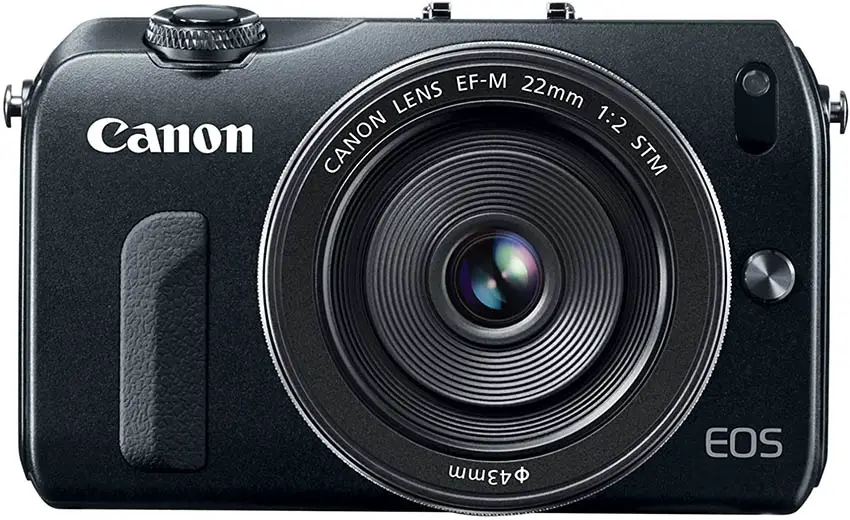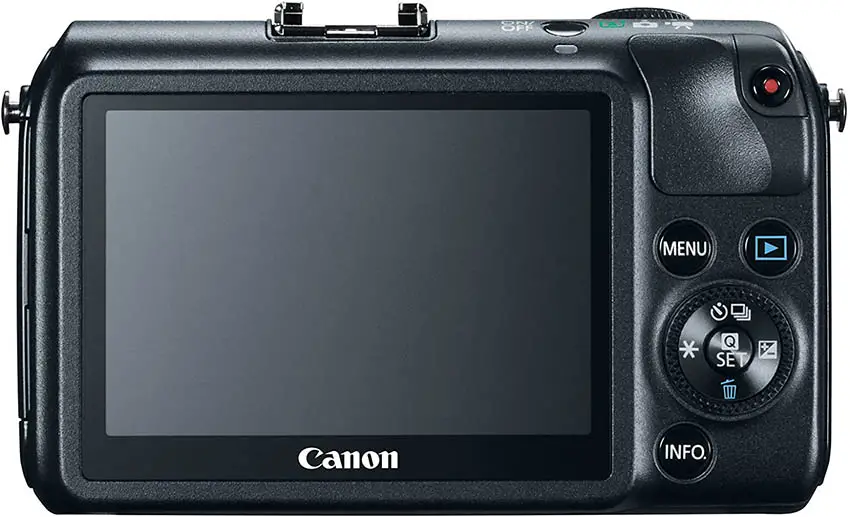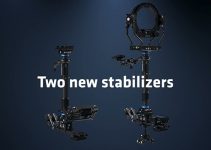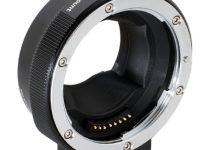The Canon EOS M is getting a bit old and even at launch wasn’t exactly considered a winner—and that’s coming from someone who owned one. Now, with the release of the EOS R7 and R10 it does seem like the entire M system’s days are numbered.
That just means you should be able to get one of these cameras for a steal and with the Magic Lantern hack you might be able to find a good use for it.
That good use is the ability to record in 5K raw video, a spec that most current cameras can’t even come close to reaching. FoxTailWhipz is testing it all out in this video.
To unlock 5K you will have to hack your camera by installing Magic Lantern. This is not a sanctioned install from Canon, so there is a necessary warning that if things go wrong you likely won’t get any official support.
The process is relatively simple and if you are watching this video you are likely up for the task.
Among the numerous options that are available on the EOS M once you get it hacked are three different 5K recording modes:
- 5K anamorphic flv 4392 x 1836 10-bit at 24 fps
- 5K anamorphic frtp 4320 x 1810 12-bit full real-time preview at 24 fps
- 5K anamorphic 5208 x 2180 10-bit full readout at 20 fps
The first two are not quite 5K but they do reach the ideal 24 fps used for shooting video. The only true 5K option goes up to 5.2K but maxes out at 20 fps. It is amazing that all of these options are at least 10-bit.
The unfortunate part is that 20 fps won’t work so well if you are looking to capture natural motion. However, you might be able to get away with it for shots like landscapes.

Image Credit: Canon
Recommended is to use the 5K anamorphic full real-time preview option at 4.3K (even though it is listed in the menu as 5K). The benefit of being able to preview your image is worth the loss in resolution.
You are pushing the camera beyond its original limits and this will get you 12-bit raw in 24 fps. Fast SD cards will even keep up with it.
There are some cons to using this mode. This older sensor just doesn’t have the same readout speeds as current models so there is bad rolling shutter. Pans are just not great. Also, its called “anamorphic” but it isn’t in the true sense.
What happens is the camera is squeezing the video internally to save it and then once you bring it into your NLE you can stretch it out to make it look correct. The final aspect is the widescreen look similar to anamorphic.

Image Credit: Canon
This “anamorphic” trick is how we get up to that 4K resolution. As the actual recorded resolution is 1440 x 1810 and then once it is stretched back out it’ll do 4.3K. Regardless of any of that, it is much sharper than the Full HD video. Maybe not as good as true 4K, but much better than expected for the EOS M.
Quality is the goal here and doing it on a minimal budget is a huge advantage. The 5K raw footage looks amazing. He shows off plenty of test footage at the end and it’s a bit surprising to see it coming out of the EOS M considering the camera’s age and original feature set.
If you are looking for a dirt-cheap camera to capture video – maybe even as a C camera or crash cam for another shoot—the EOS M might be the best deal.
What do you think about the “5K” modes of the EOS M? Something you would try out?
[source: FoxTailWhipz]
Order Link:
Canon EOS M 18.0 MP Compact Systems Cameran (Amazon)
Disclaimer: As an Amazon Associate partner and participant in B&H and Adorama Affiliate programmes, we earn a small comission from each purchase made through the affiliate links listed above at no additional cost to you.




